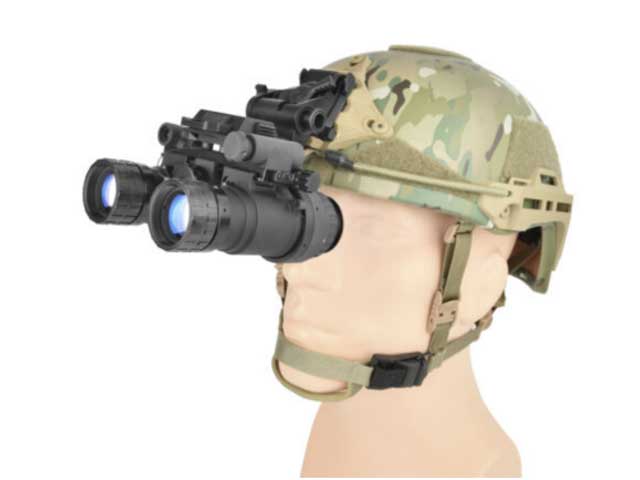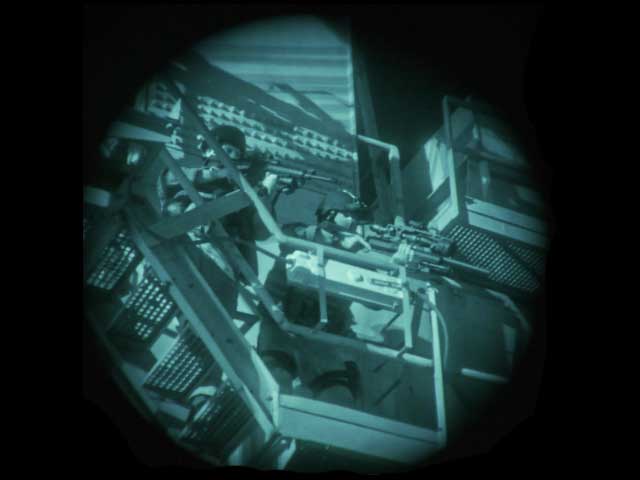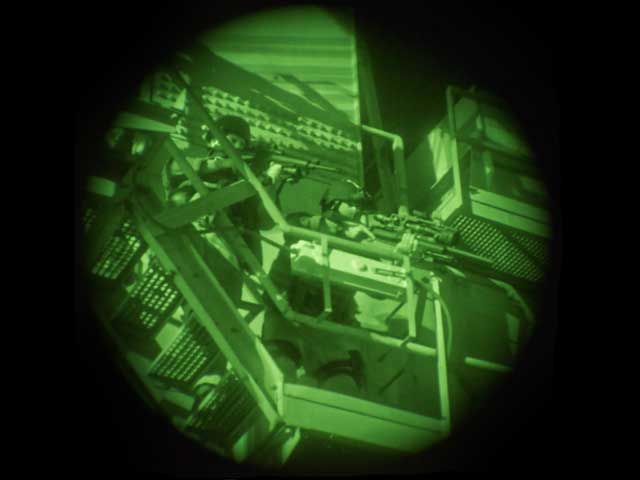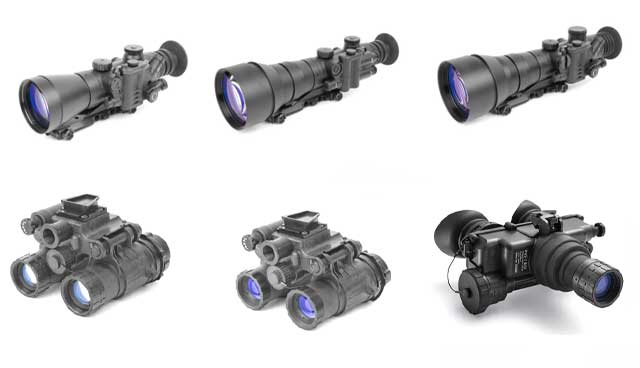187 9245 6795
Email: mh_elec@126.com or jacky@mh-elec.com

1.Generation
Gen I: Developed in the 1960s, Gen I systems utilized the basic principles which will amplify the existing light several thousand times letting you clearly see in the dark. These Gen I systems provide a bright image, however they are not very clear or distinguishable. Gen I lifespan 1000 hours.
Gen II: Developed in the 1970s, Gen II offered a substantial increase in performance over Gen I systems. This performance enhancement was obtained by the addition of a micro-channel plate, commonly referred to as a MCP. The MCP works as an electron amplifier and is placed directly behind the photocathode. The MCP consists of millions of short parallel glass tubes. When the electrons pass through these short tubes, thousands more electrons are released. Gen II lifespan 2000 to 4000 hours.
Gen III: Developed in the 1980s, Gen III systems offer the highest clarity and performance in extreme darkness that is currently available. Gen III systems use a gallium arsenide photocathode film to increase their performance over Gen II systems. In the last 10 years or so, Gen III systems have had upgrades such as thin films and gated power supplies (Pinnacle) incorporated into them, which have even further enhanced the performance of Gen III tubes. This makes them the highest performance image intensifiers currently available. Gen III lifespan 12,000+ hours.
2.phosphor color


The White Phosphor tube uses a P-45 phosphor screen, which yields an alternate coloration closer to black and white imagery. This change in color has been reported to enhance overall object recognition while providing contrast sensitivity equivalent to green phosphor. Users have reported that nighttime scenes show greater contrast and a brighter image with white phosphor. The white light causes less eye fatigue which is important for continuous use.

Traditional image intensifier tubes use a P-43 phosphor screen output, resulting in the yellow-green image that has become the signature view through most Gen III night vision technology. The human eye can see more shades of green than any other color and users have reported that their eyes adjust better back to the dark with green phosphor.
No scientific evidence that one phosphor color is better than another. Everyones’ eyes are different and systems are used in diverse environments. It comes down to user preference.
3.FOM (FIGURE OF MERIT)
The FOM, or Figure of Merit is a number calculated by multiplying the Signal-to-noise ratio by the resolution of an image intensifier. The FOM number allows a quick estimate of the general performance level of that image intensifier. Every order will come with spec sheet for the image intensifier tube that states that tube’s characteristics and its compliance with advertised specs.
The tube of our factory in green or white phosphor and thin or un-filmed. Each tube is rated by FOM or Figure of Merit. This number is calculated by multiplying the Signal to Noise ratio by the resolution of an image intensifier. The FOM number allows a quick estimate of the general performance level of that tube. Every order will come with a spec sheet that states that tube’s characteristics and its compliance with advertised specs. If the image intensifier tube you are interested in is not listed with pricing, please contact us for current availability as our inventory changes monthly. WhatsApp +86-18792456795,email: jacky@mh-elec.com

 tel
tel




